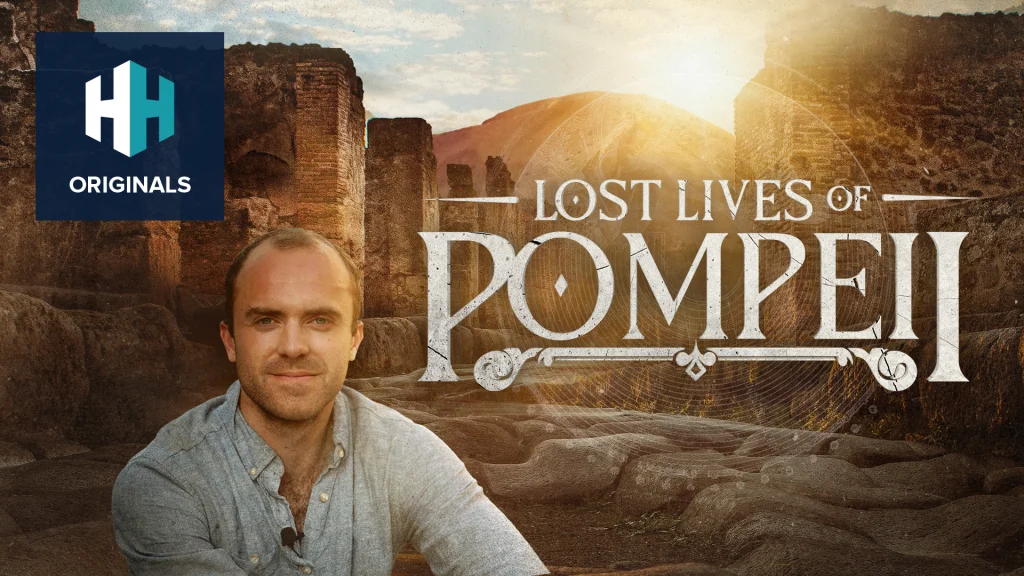

In 79 AD one of the most dramatic moments of Roman history occurred when Mount Vesuvius erupted and destroyed the cities of Pompeii and Herculaneum. The loss of life was severe – some 2,000 deaths in Pompeii alone.
Yet although sudden and tragic, the disaster that befell Pompeii and its citizens was crucial to why the city fascinates so many people today; the preservation of its ruins are unmatched throughout the world and provide an invaluable snapshot of everyday life in Roman Pompeii.
Here are ten facts about the Roman city of Pompeii and the eruption of Mount Vesuvius.
1. Pompeii was not originally a Roman city
It was founded by the Oscans, another Italian people, in either the 7th or 6th century BC. Between 550 and 340 BC the Etruscans, Samnites and Greeks all controlled Pompeii at one time or another before it was eventually occupied by the Romans at the end of the 4th century BC.
2. Pompeii was a flourishing resort for Rome’s most distinguished citizens
Situated near the Bay of Naples, Pompeii was dotted with villas and elegant houses, inside which were numerous pieces of finely decorated artwork: mosaics, sculpture and jewellery for instance. Many examples of beautiful Roman artwork survive in pristine condition to this day and are unmatched almost anywhere in the world.
Exotic goods that had their origins in far edges of the known world have also been discovered, including beautiful statues from India.

‘Pompeii Bath’ watercolor by Luigi Bazzani. Image credit: Luigi Bazzani, Public domain, via Wikimedia Commons
Image Credit: Luigi Bazzani, Public domain, via Wikimedia Commons
3. The city was home to around 20,000 people just prior to the eruption
Its forum (meeting place) in the centre of the city was a vibrant place, a bustling hub of trade and activity.
4. It was long-believed Vesuvius erupted at around 1pm on 24 August 79 AD…
Dirt and rock was thrown up into the air and a huge ash cloud formed above the volcano. Within an hour this cloud reached nearly fourteen kilometres high.
 Watch Now
Watch Now5. …but some now believe that date is wrong
A recently-uncovered charcoal inscription from Pompeii has been dated to mid-October 79 AD – almost two months after when scholars initially believed the city was destroyed.
6. A cloud of ash and debris quickly covered the sky above Pompeii
It first blocked out the sun completely, turning day to night, before ash started to rain down on the city. Yet the worst was still to come.
7. We have an eyewitness account of the eruption
Pliny the Younger witnessed the eruption from across the Bay of Naples. Twelve hours after the initial eruption, he recorded seeing an avalanche of searing hot gas, ash and rock breaking off and charging down the side of the volcano: a pyroclastic flow.
8. The heat of Mount Vesuvius’ pyroclastic flow was five times hotter than boiling water
It incinerated everything and everybody in its path. Going at speeds faster than a hurricane, there was no escaping it.

Excavated ruins of Pompeii that visitors can freely explore. Image credit: olivier.laurent.photos / Shutterstock.com
9. Casts of the victims of Vesuvius have been preserved in the ash that smothered them
The bodies of men, women, children and animals were trapped in their last pose before they were turned to charcoal by the pyroclastic flow.
10. Pompeii was buried under layers of ash for centuries
It remained buried for over 1,500 years until part of it was discovered by accident in 1599. The first proper excavation of the site occurred in the mid 18th century by Karl Weber, a Swiss engineer. Fast forward 250 years and archaeologists are still unearthing fascinating new discoveries from this prestigious Roman city.















